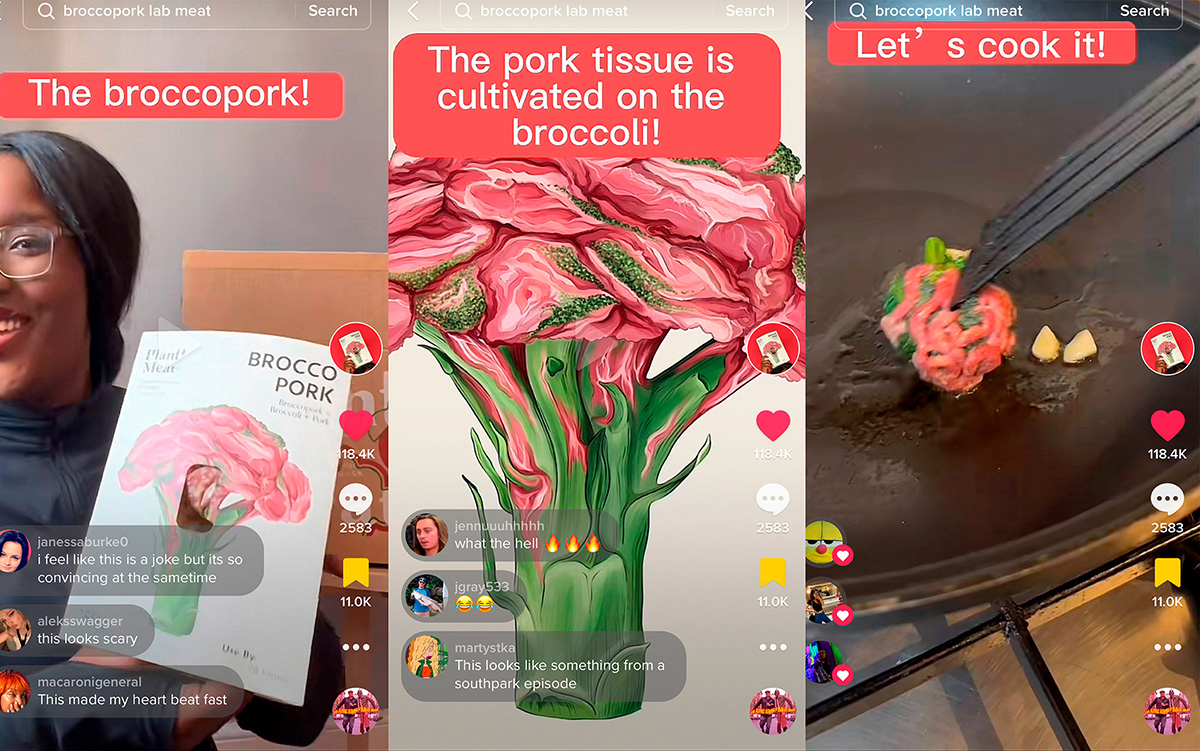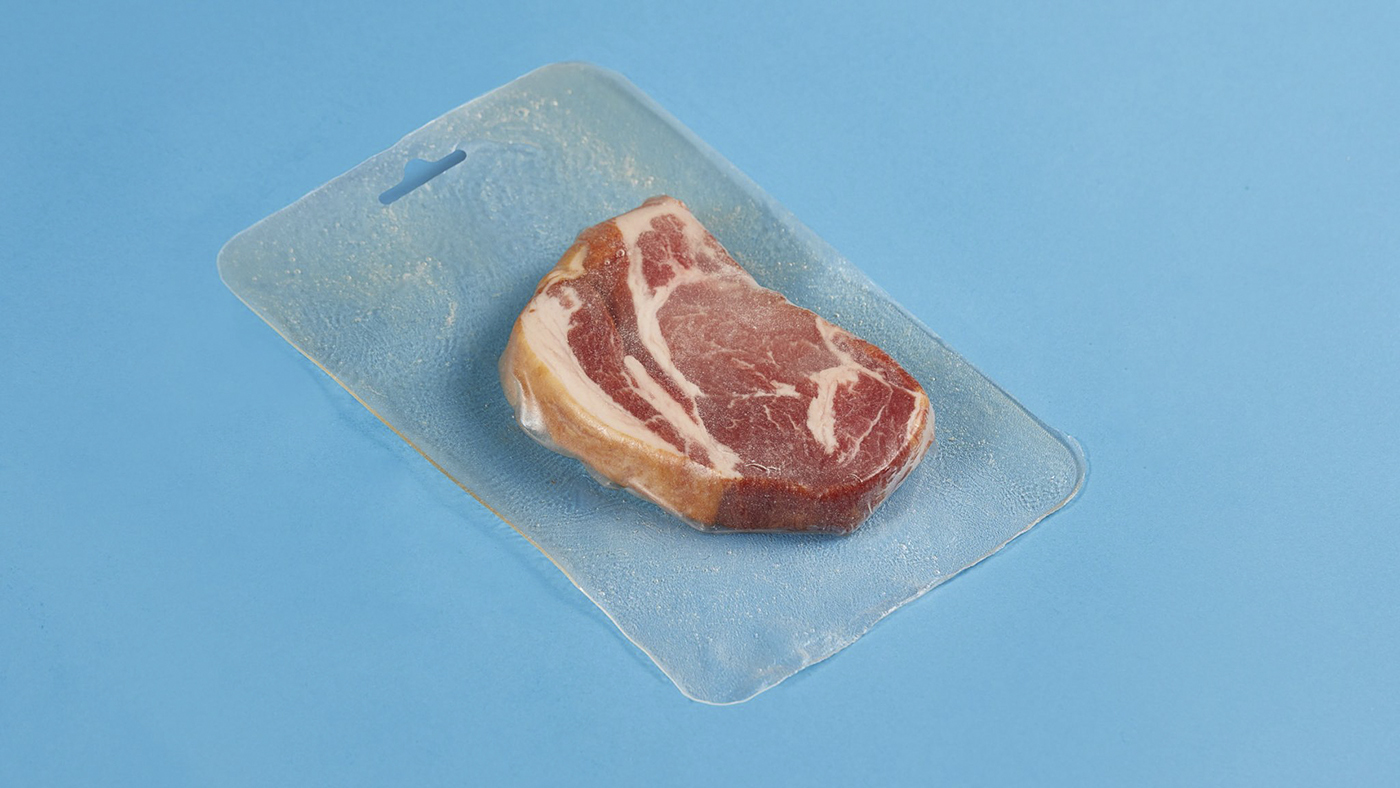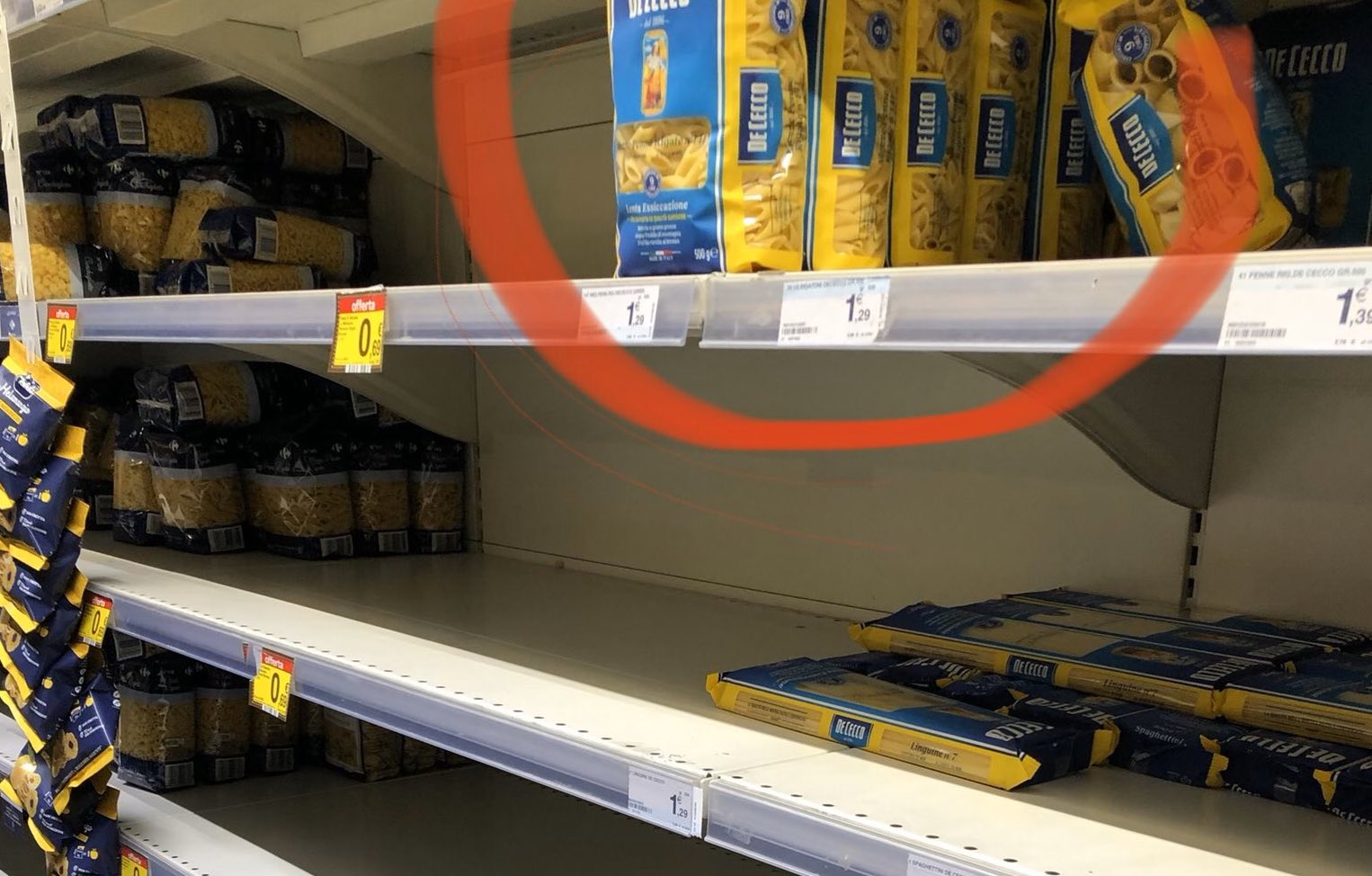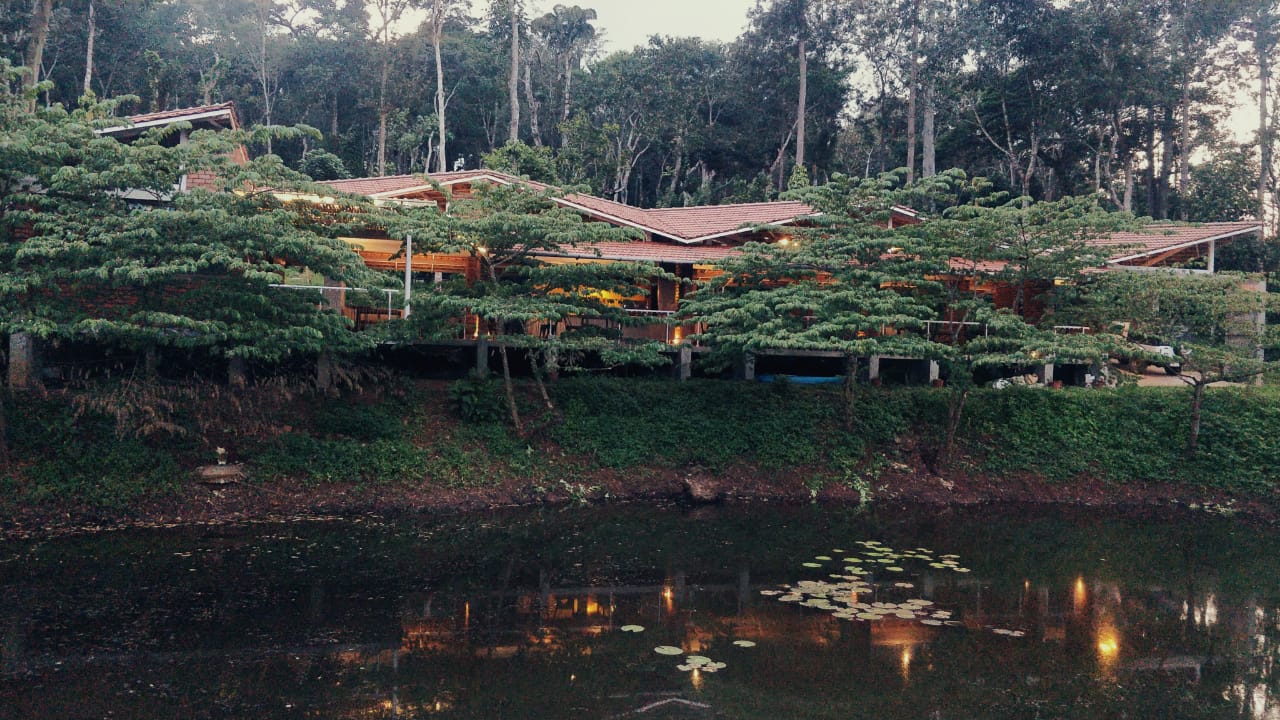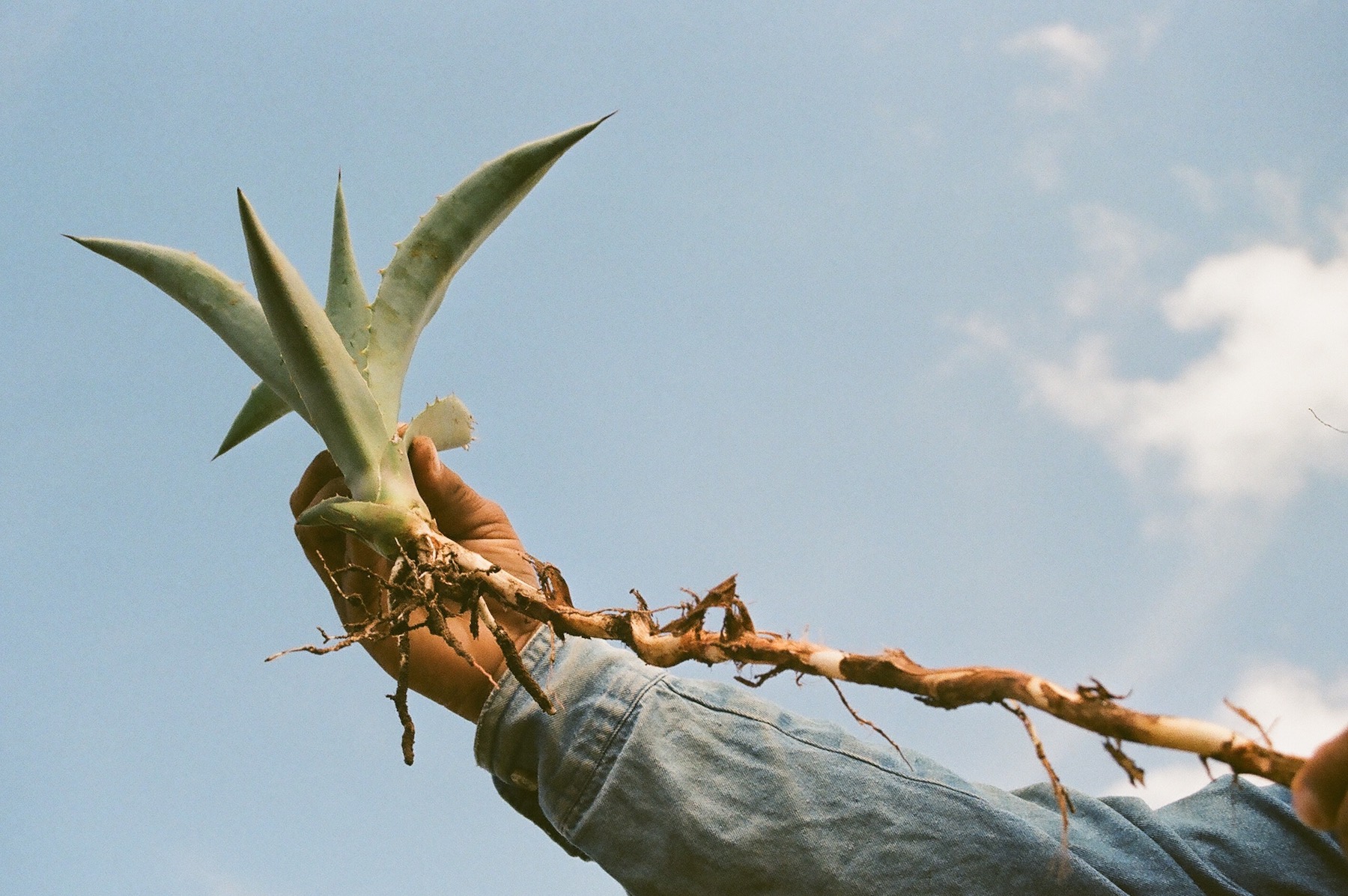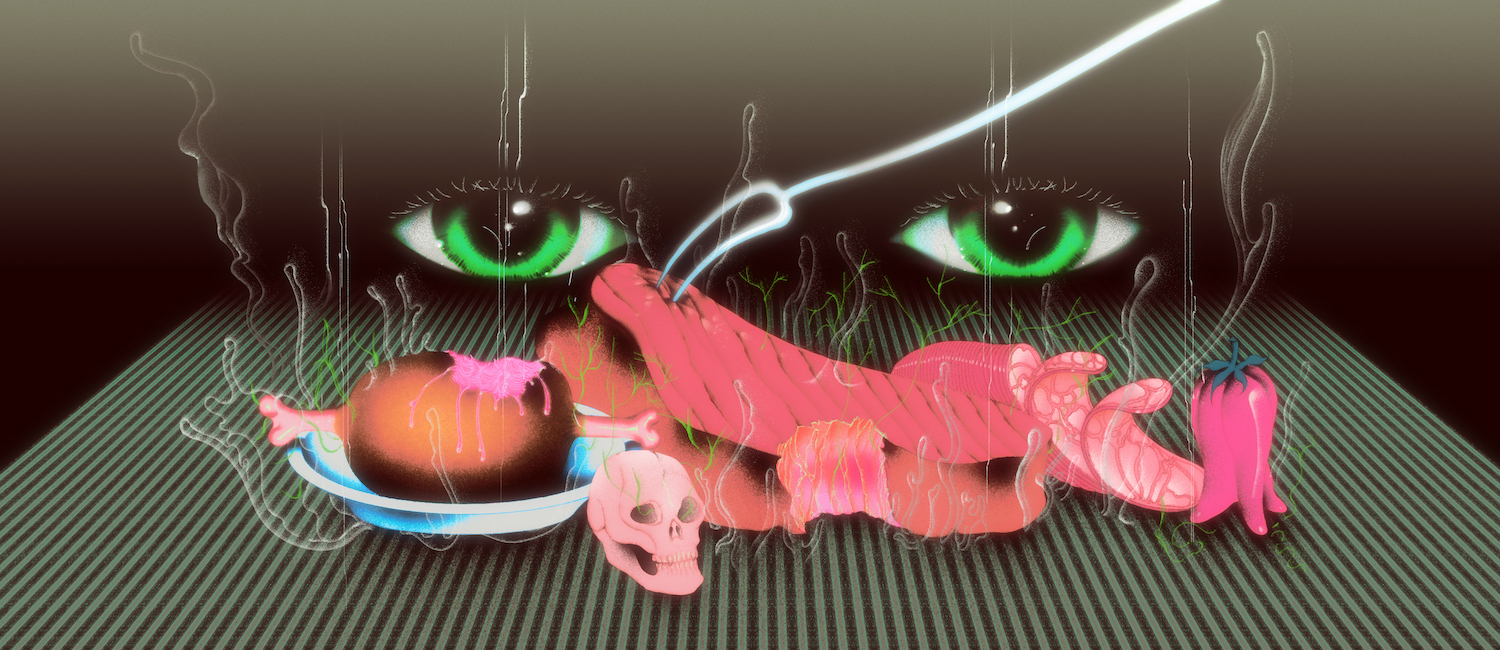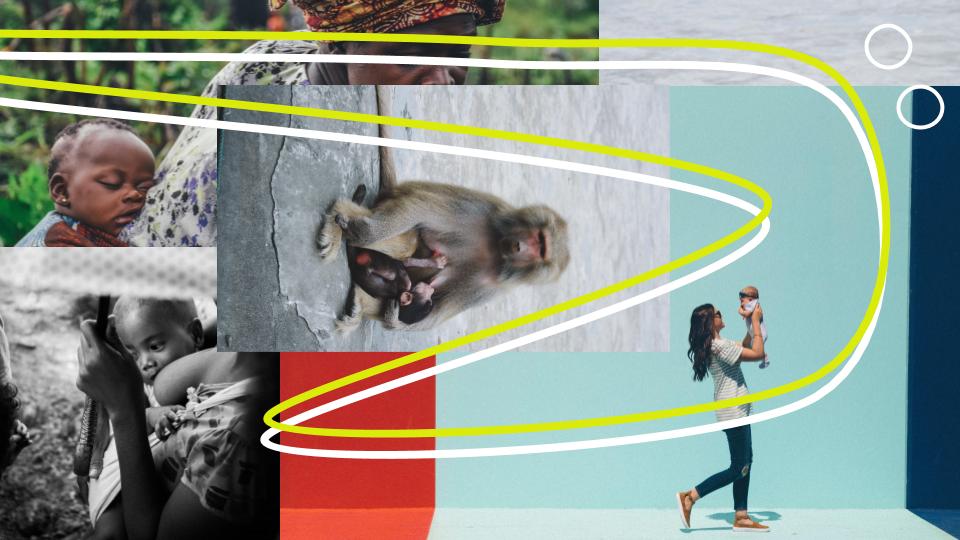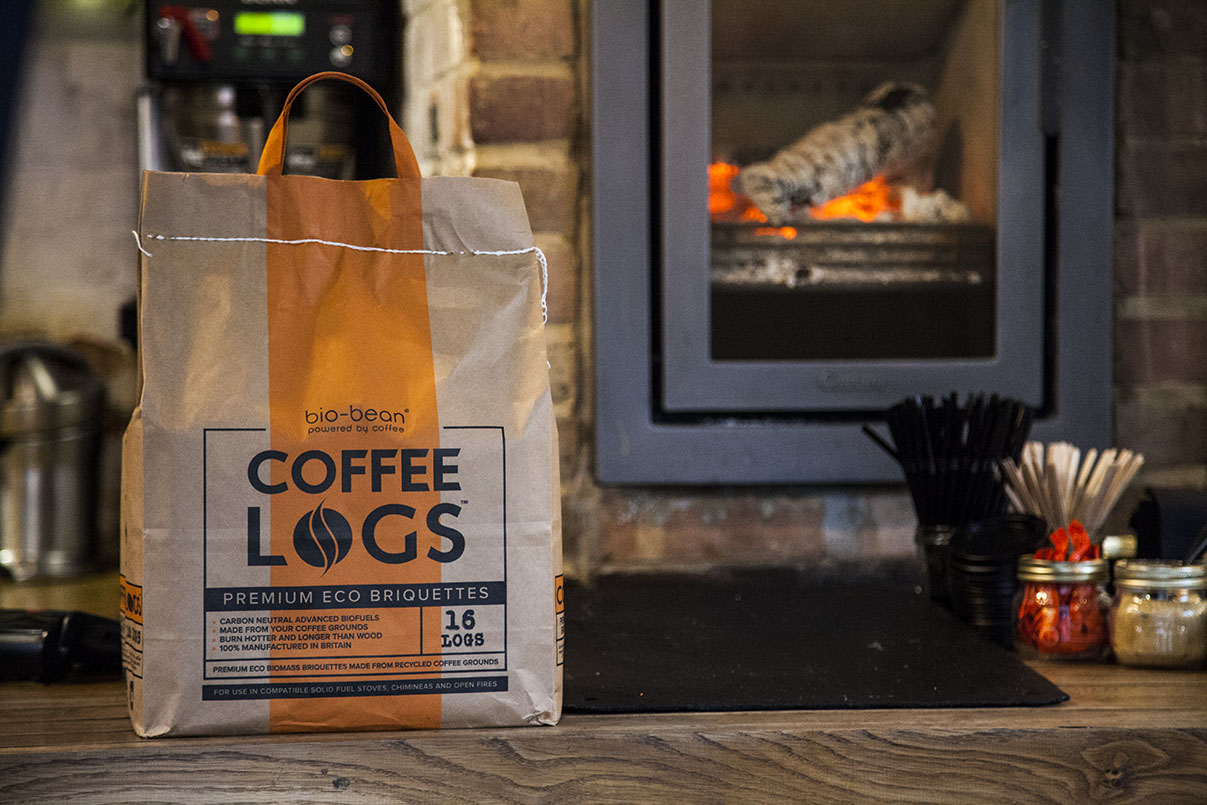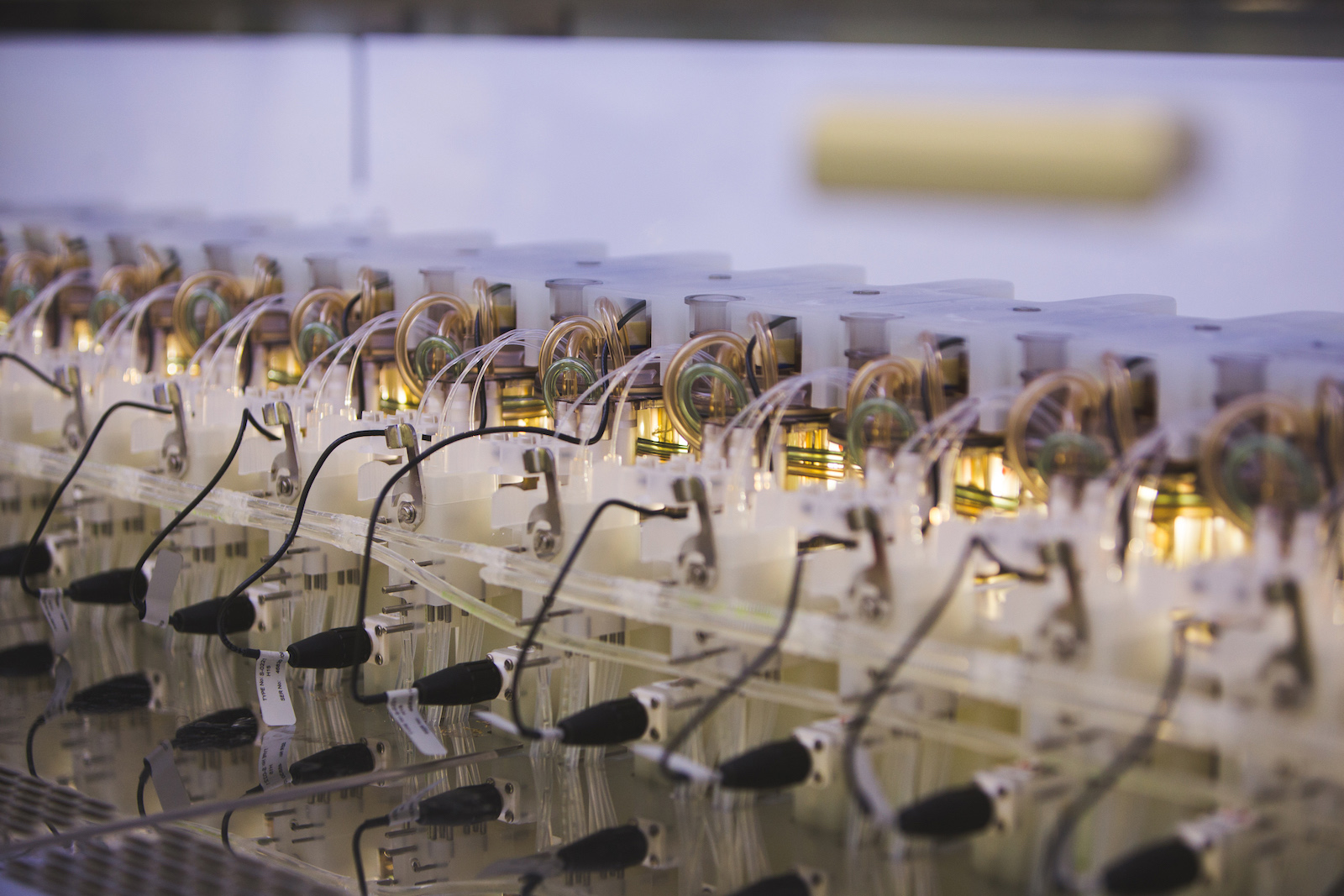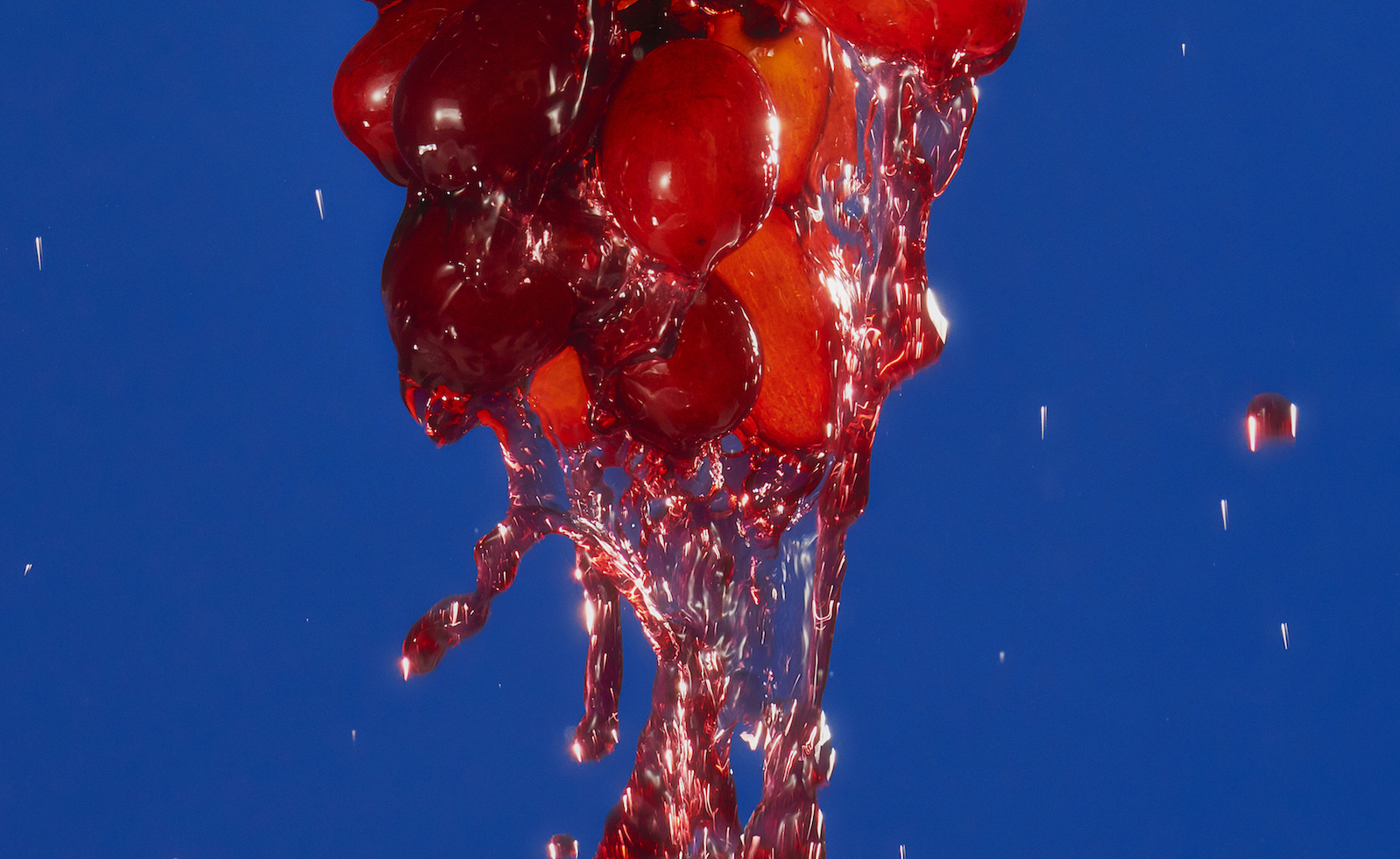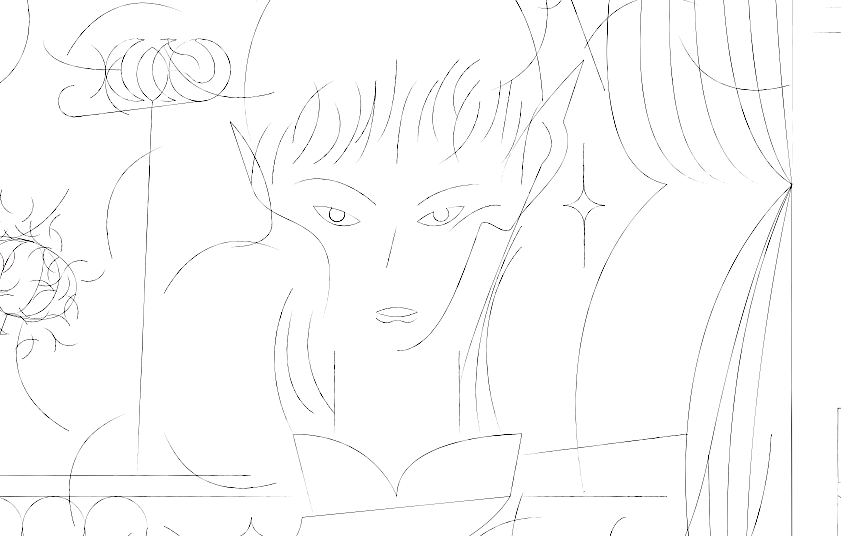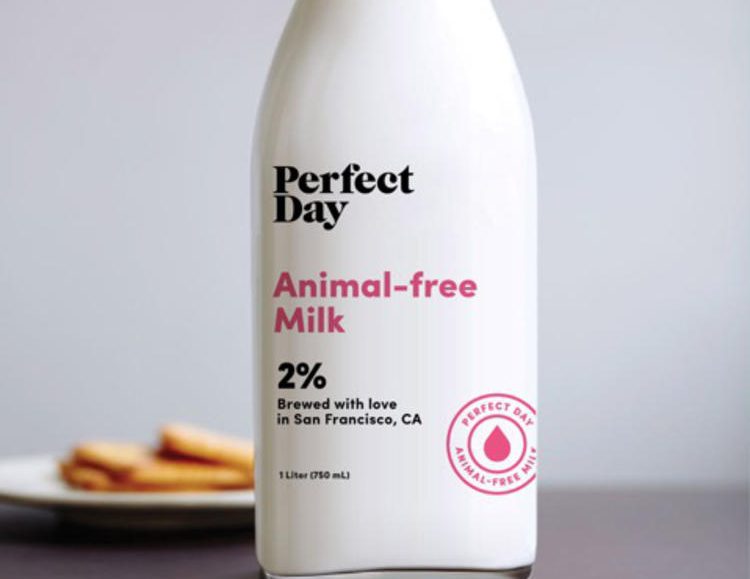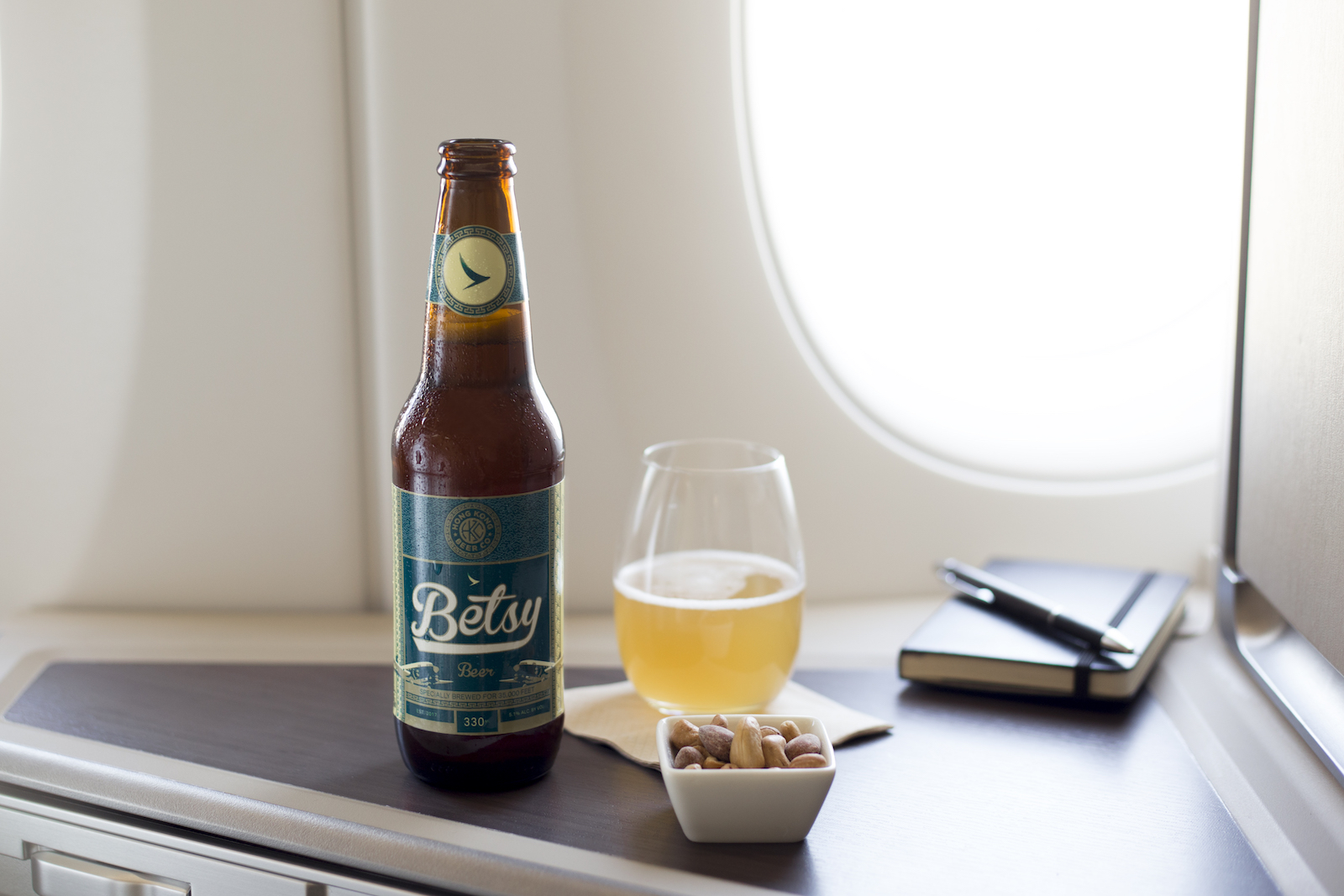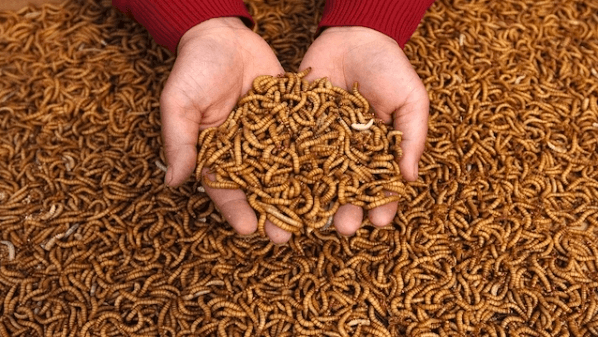This is part two of a three-part series on coffee in India. Read Part 1: Coffee in the Field, the Science and History of Coffee Cultivation in Chikmagalur and Part 3: Coffee in the Future: Traceability and Sustainability.
Baba Budan smuggled coffee beans into India in the 1600’s and soon after the first mention of coffee in India was said to be by Rev. Edward Terry in the court of Emperor Jehangir in 1616.
He wrote: “many of the people there (in India), who are strict in their religion, drink no wine at all; but they use a liquor, more wholesome than pleasant, they call coffee, made by a black seed boiled in water, which turns it almost into the same colour, but doth very little alter the taste of the water. Notwithstanding it is very good to help digestion, to quicken the spirits, and to cleanse the blood.”
In the 17th century Mughal Qahwakhanas emerged for elite Indians as a hotbed for discussions and chats fueled with coffee.
History says it wasn’t until the 1800’s that the British looked at coffee for trade purposes and started commercial cultivation all over the WesternGghats, the mountain range defining the western coast of the Indian peninsula. Although the British were known for their tea-drinking culture they set up colonial coffee houses with a strict racial discrimination policy.
Since, India has grown to be the sixth largest producer of coffee and the second largest producer of tea. Often there’s this debate if we are a coffee-drinking or tea-drinking nation.
Pranoy Thipaiah, the fifth-generation coffee planter of the Kerehaklu Estate suggests, we are neither, “We’re a milk-drinking nation. Nothing to do with coffee or tea. We drink milk with dash of flavouring.”
Which looks to be true! The National Dairy Development Board (and FAO) says we are the largest milk-producing country. But what does this have to do with coffee and the attention it’s getting now?
Ganga Prabhakar is the owner of a cafe/roastery, Coffee Mechanics. Her beans come straight from her family’s plantations. Her intention of starting the cafe and tasting room was to create value in the coffee and the work that went into making it.
“If you look at Indian coffee in the global market, the quality of our shade grown coffees aren’t appreciated enough. Most people don’t even know that India grows coffee and we’re the sixth largest coffee exporter in the world!” she says, “When we started we didn’t understand why. But digging deeper we realised that this was mainly due to quality. The Indian coffee market is mainly milk consuming. So most of the time, at least until now, the quality didn’t matter because the milk masqued so many flavor notes and profiles.”
A tumbler of filter coffee is a go-to drink to kick start the day. The preparation is an art, the milk is kept on a constant boil and has sweeter notes from the milk sugars caramelizing. The “pulling” of the coffee is said to make it more airy, frothy and light. The decoction from the filter is strong (a blend of robusta/arabica and chicory—for aroma and thickness) and the milk and sugar is needed to balance out extremely strong brew.
The coffee is traditionally brewed in a cylinder divided into two parts. The bottom is the tumbler used to collect the coffee and the top half has a perforated disk with a handle in the center. The coffee is loaded in the top cylinder and tamped with the perforated disk and hot water poured over and slowly left to drip into the tumbler below. The decoction is very strong and milk and sugar are to be added. The coffee is then cooled in a dabara—a thick metal saucer. It’s poured back and forth (sometimes a meter long) between the dabara and the tumbler resulting in a right temperature, well mixed and frothy tumbler of coffee.
 Image courtesy of Archana’s Kitchen.
Image courtesy of Archana’s Kitchen.
The filter coffee was made popular by the Indian Coffee House set up the Indian Coffee Board in the 1930’s. By the 1940’s there were over 40 coffee houses across the country. After Independence the coffee house was on the verge of shutting down, when the workers started a movement that made the Indian Coffee House into a cooperative model. Now there are 13 cooperative societies with over 400 coffee houses around the country.
In 1996, Siddhartha introduced a more modern coffee house—Cafe Coffee Day also called CCD. The role CCD played in society was very much the same as the Indian Coffee House. It gave people a space to get together, a hotbed for conversations fueled by coffee, but not just coffee—there was an offering of a range of beverages. The coffee chain was India’s first introduction to an “Italian”-style coffee bar with macchiatos, cappuccinos and many other new worded coffee.
Quite a few millennials would say their beverage of choice at CCD growing up was either the “Cool Blue” or the hot chocolate or the Tropical Iceberg (milk coffee with more ice than could fit into the glass!). Coming from a family with 140 years of plantation history, CCD had their own estates, and roasted and brewed their own coffee at an enormous scale. The big red CCD sign was everywhere! On a highway in the middle of nowhere, around every street corner, in hospitals, the brand grew to more than 1000 stores by 2011.
After 2008 more international brands started to emerge. John Derkach of Costa Coffee noted that, “the average time spent in a coffee shop in the United Kingdom is 25 minutes compared to one hour in India,” and brands like Costa Coffee, Lavazza, Starbucks started to design their coffee shops around this new demographic. The young population, rising standards of living and upwardly mobile middle class are changing the way brands are creating customer experiences. The urban population is looking for more spaces for social meeting, entertainment and working spaces and coffee shops have become the go to setting.
“Over the last decade we have seen consumption patterns changing. There is a rise of the black coffee. This maybe for health reasons (lactose intolerance) or the vegan movement or simply Western influences through media That’s the market that is changing the narrative of drinking coffee,” says Ganga. She feels once people give up dairy and switch to black coffee, they are looking for quality options.
With this focus on quality coffee over the last decade, coffee culture has turned to home grown brands focussed on selling coffee with a purpose.
Blue Tokai Coffee Roasters kicked off this new wave around the same time that Starbucks was taking plight with a bold slogan “we <3 Indian Coffee Farmers.” Since most of Indian coffee is grown in the southern states, Blue Tokai sourced quality coffee from selected estates, custom roasted the beans and began selling through mail order. Now Blue Tokai has cafes in metros across India. This rippled off into more specialty coffee shops like Third Wave Coffee Roasters and Flying Squirrel and dozens more roasters sourcing speciality coffee from estates.
This new wave of coffee retailers and cafes are not only roasting and serving delicious coffee but are looking to give customers the experience of how to select their beans and brew them through different techniques. From Aeropress coffee championships to experience centers and coffee-centred events, Indian coffee culture coffee has grown not only to be the fuel for the conversation but the conversation itself.
Coffee drinkers are getting more aware of quality, tastes and flavors and the value of Indian coffee. But many planters are asking the question of whether this value will trickle down to the farms.
Although plantations have been in Ganga’s family for generations, she worked in advertising for nine years before getting into the coffee business. “When I got in the business, my intention was how can I get more value for what we do on the plantations. At Coffee Mechanics we’ve taken it upon ourselves to create an experience of coffee for consumers and educate people on what goes into making that cup of coffee.”
Arshiya Bose started Black Baza Coffee to bring back value for producers and biodiversity. Their 1000-year brew is a vision to enable coffee producers to enjoy secure and stable livelihoods and strengthen coffee farming practices that conserve biodiversity. They are a community of 396 members and empower small producer farmers through financial support and livelihood security. And while their main focus is on small farmers and conserving biodiversity they encourage consumers to participate in this vision through buying their coffee responsibly.
“This is a collective effort,” says Ganga, “No one single plantation, brewer, roaster or consumer is going to change anything. We need to work together, support each other to bring value to our plantations and change the reputation of Indian coffee.
Sources consulted: The East India Company Book of Coffee


